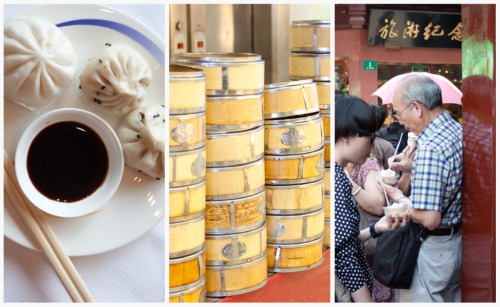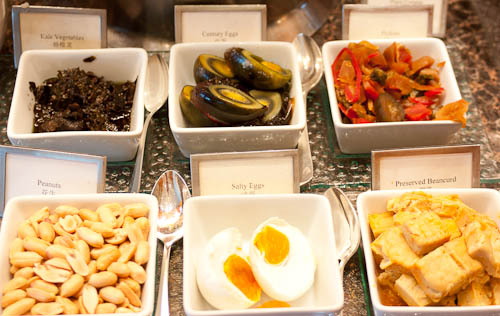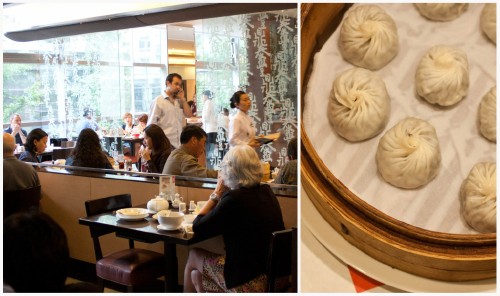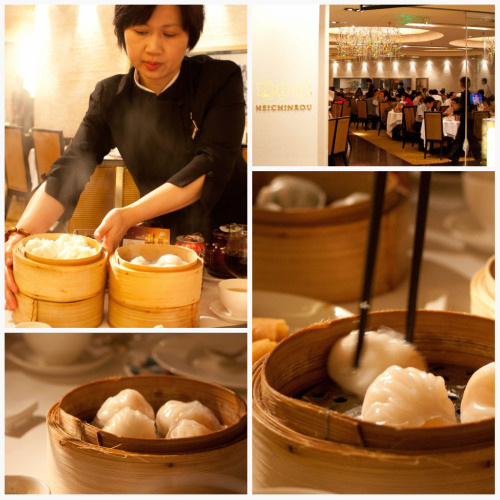
Taking a break after the steamed bun lunch rush
As you may have read last week, I recently returned from China where I spent five days in Shanghai and a hot minute in Hong Kong (two days). While there, we visited the World Expo, did a lot of sightseeing, a bit of shopping, and lots of eating. In particular, lots of dumplings. Last week, I wrote a post about eating out in Shanghai and Hong Kong, but I omitted a major discussion of our dumpling forays because they really deserve their own post. So here we are.
Now the first thing to know about Shanghai is that they're famous for their xiao long bao, or soup dumplings. These dumplings are traditionally steamed in small bamboo baskets, ("xiaolong" translates literally to "small steaming basket"), and are comprised of a super thin almost translucent skin, rich broth, and savory fillings.

From the fanciest of restaurants, the most common of market stalls, and even on the go in little cups, Chinese dumplings are where it's at.
Buns vs. Dumplings
When we first arrived in Shanghai, we realized that in the States, we'd just been lumping virtually everything that looked like a dumpling into that category and calling it a day. In reality, there's a distinct difference between buns and dumplings. Steamed buns that are made with raised flour are referred to as baozi and are typically white, fluffy and "breadier" as my sisters would say. Steamed buns that are made with unraised flour such as the xiao long bao have a smoother almost translucent skin and are more commonly seen in the South. Then to confuse things even more, you have the jiaozi: what most Americans consider a pot sticker but the Chinese consider a true dumpling. Jiaozi consist of a savory filling as well but are wrapped into a thinly rolled piece of dough and crimped and sealed along the edges. So by trial and error and a few ordering missteps, we learned the differences quickly and began trying everything from dessert buns, jiaozi, and many kinds of xioa long bao.


